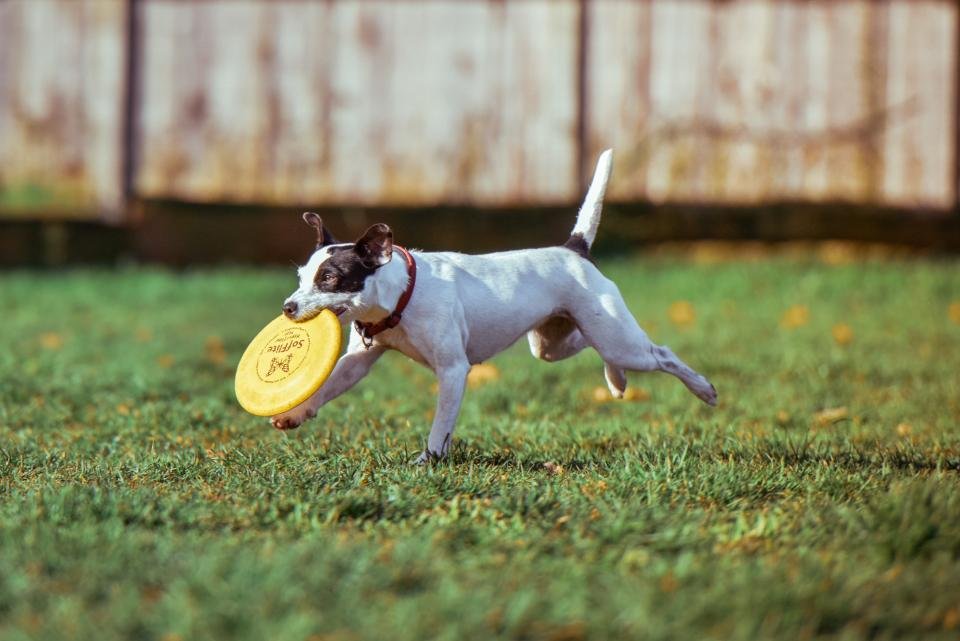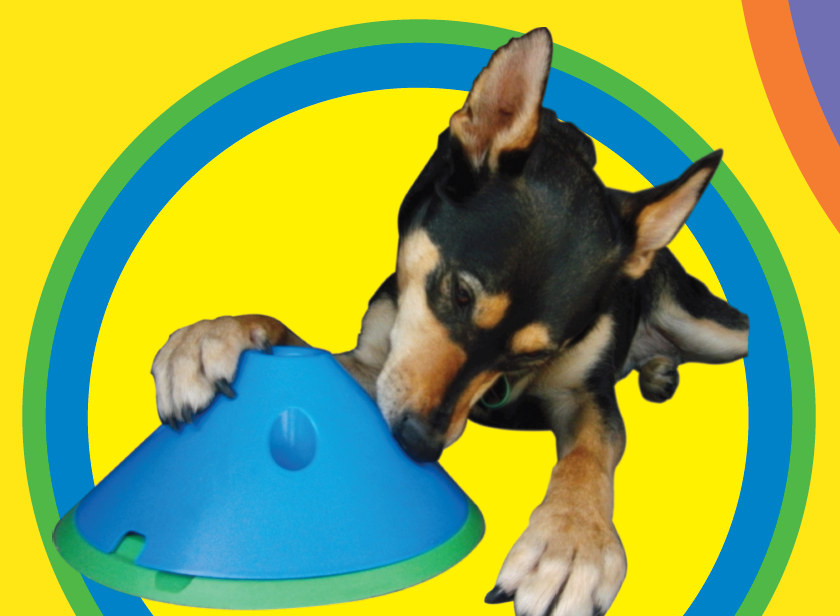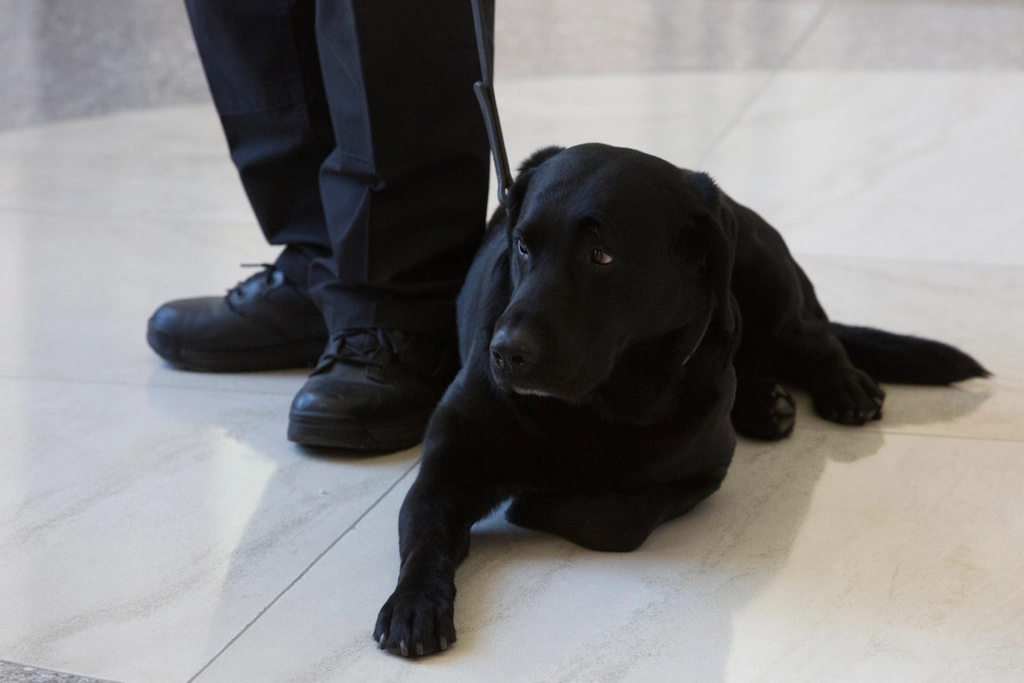There’s something magical about the way a dog looks at you with those sparkling eyes—like they’re holding onto a secret you’ll never quite uncover. If you’ve ever caught your pup outsmarting you in ways that left you laughing or scratching your head, you’re not alone. Many dog owners underestimate just how sharp their furry companions can be. It’s easy to mistake your dog’s playful antics for simple fun, but some of those behaviors might actually be proof of intelligence you never expected. Prepare to be surprised, amused, and maybe even a little humbled as we dive into the unmistakable signs that your dog might be secretly outsmarting you every single day.
1. Understanding Your Daily Routine
Dogs are remarkable at picking up on subtle cues, and they often seem to know exactly what you’re about to do before you even realize it yourself. If your dog heads to the door right before your usual walk time or gets excited when you grab your keys, that’s no accident. They’ve learned to associate your actions with what comes next. This ability to anticipate your routine shows they’re not just observing—they’re processing and remembering patterns. It’s almost as if they’re reading your mind, which can be both adorable and a little unnerving. Their knack for routine proves they have a level of understanding that goes far beyond simple obedience.
2. Problem-Solving Skills

Ever watched your dog figure out how to get a treat from a tricky toy or open a door that’s barely ajar? That’s problem-solving in action. Dogs can analyze situations and adapt their approach if their first attempt doesn’t work. If your pup has ever dragged a chair over to reach something on the counter or repeatedly tried different methods to get your attention, you’re witnessing a brain at work. This kind of ingenuity isn’t just luck; it’s a sign of cognitive flexibility and intelligence. It’s like they’re little furry engineers, always looking for a clever solution.
3. Mastering Commands Without Formal Training
Some dogs seem to pick up words and commands simply by being around you. If your dog responds to phrases like “let’s go,” “bath time,” or “dinner” without ever being formally trained, it’s a sign they’re learning through observation and context. This ability to understand your language, tone, and even body language means they’re absorbing a lot more than you might think. They’re like silent students, always paying attention and storing new information for later use. It’s a gentle reminder that dogs are always listening, even when you think they’re just lounging around.
4. Remembering Important Details
A dog’s memory can be truly impressive. If your dog remembers where you hid their favorite toy weeks ago or recognizes people they haven’t seen in months, you can be sure their memory is sharper than you realized. Dogs recall positive and negative experiences and use that information to guide their behavior in the future. For example, if they once found a treat stash in a certain cabinet, you might catch them checking that same spot long after the treats are gone. Their ability to remember specifics—sometimes better than their humans—shows they’re not just living in the moment.
5. Reading Human Emotions
Dogs have an uncanny ability to sense how you’re feeling. If you’re sad, they might cuddle up next to you; if you’re excited, they’ll wag their tail and join in the fun. This emotional intelligence allows them to adjust their behavior to comfort or entertain you. Some dogs even act as if they’re trying to make you laugh when you’re down. Their empathy and awareness of your emotional state are clear signs of advanced social intelligence. It’s almost as if they’ve developed a sixth sense just for you.
6. Using Tools to Achieve Goals
Believe it or not, some dogs use objects as tools to get what they want. For instance, they might use their nose or paw to move a stool closer to a counter or drop a toy at your feet to initiate play. If your dog has ever used a blanket to drag a treat closer or figured out how to push open a door with a stick, you’re seeing tool use in the animal kingdom. This behavior is rare and is often considered a significant marker of intelligence in both animals and humans. It’s a sure sign your dog is thinking outside the box.
7. Learning from Other Dogs and Humans
Social learning is a powerful skill, and dogs excel at it. If your dog watches other dogs or people and then copies their actions, it shows they’re capable of learning through observation rather than trial and error. For example, a puppy might watch an older dog use a doggy door and soon do the same. Or perhaps your dog figured out how to fetch the newspaper after seeing you do it. This ability to learn from others demonstrates strong cognitive skills and adaptability.
8. Detecting Subtle Changes in the Environment

Dogs are incredibly observant and often notice changes in their environment before you do. Whether it’s a new piece of furniture, a different scent, or the arrival of a visitor, your dog’s reactions can be surprisingly quick and accurate. They may bark at something out of place or investigate a new item with intense curiosity. This heightened awareness isn’t just about their sense of smell or hearing—it’s also about their ability to process new information and respond appropriately.
9. Creative Play and Inventing Games

If your dog comes up with new games or finds unique ways to play, it’s a sign of creativity and intelligence. Some dogs invent their own rules or use objects in unexpected ways, like rolling a ball down the stairs and chasing it themselves. Others might create intricate chasing or hiding games with their toys. This inventiveness shows that dogs are capable of more than just following routines—they can create fun and entertainment out of almost anything, showing a playful kind of genius.
10. Manipulating Situations to Their Advantage
Dogs can be surprisingly cunning when it comes to getting what they want. If your pup acts extra cute to get treats or pretends to need to go outside just to get your attention, they’ve learned how to manipulate you. Some dogs even fake an injury or sadness to get more cuddles or snacks. It’s both hilarious and impressive to see just how far they’ll go to get their way. This level of strategic thinking is a sign of intelligence that’s hard to ignore.
11. Solving Puzzles and Interactive Toys

If your dog loves puzzle toys and manages to solve them quickly, you’re dealing with a sharp mind. These toys challenge dogs to think, experiment, and remember steps to get the reward. Watching a dog methodically work through a puzzle, trying different tactics until something works, is a clear display of brainpower. It shows they’re not just relying on instinct—they’re learning, adapting, and getting better each time.
12. Recognizing Themselves in the Mirror
While most dogs might bark at their reflection, some actually seem to realize it’s just them. If your dog uses a mirror to check behind themselves or to look at a toy, it suggests a level of self-awareness that’s quite rare in the animal world. This behavior is often associated with higher intelligence and is something that only a few animals, including some primates and dolphins, consistently display. It’s a small but fascinating sign that your dog might be smarter than you ever imagined.
13. Anticipating Your Needs

Dogs sometimes seem to know what you need before you do. Whether it’s bringing you a blanket when you’re cold or nudging you for a walk when you’ve been sitting too long, these behaviors show they’re tuned into your habits and well-being. Some dogs become excellent helpers for people with disabilities, anticipating and responding to needs with little or no prompting. Their ability to read situations and act accordingly is truly remarkable.
14. Communicating in Complex Ways

Dogs use a variety of vocalizations, body language, and even facial expressions to communicate with you and other animals. If your dog uses different barks, whines, or gestures to get specific responses from you, they’re demonstrating an ability to tailor their communication style. Some dogs even “talk back” in their own way, expressing opinions or preferences about food, walks, or playtime. This sophisticated communication is a sign of emotional and intellectual depth.
15. Remembering and Responding to Past Experiences

Finally, if your dog changes their behavior based on previous experiences—like avoiding the vet after a scary visit or getting excited when you drive near the dog park—they’re showing they can connect past events to present situations. This kind of learning from experience, called associative learning, is a major marker of intelligence. It proves your dog isn’t just reacting in the moment but is using memory and judgment to shape their actions.
Just because your dog isn’t solving puzzles or speaking fluent “human” doesn’t mean they’re not secretly a genius. Those little things—like learning routines, reading your emotions, or outsmarting the treat jar—are all signs of serious smarts. The more you pay attention, the more you’ll realize your pup is picking up on way more than you thought. Give them mental challenges, keep them engaged, and watch their clever side shine. Turns out, your four-legged friend might just be the brainiac of the house!

Andrew Alpin from India is the Brand Manager of Doggo digest. Andrew is an experienced content specialist and social media manager with a passion for writing. His forte includes health and wellness, Travel, Animals, and Nature. A nature nomad, Andrew is obsessed with mountains and loves high-altitude trekking. He has been on several Himalayan treks in India including the Everest Base Camp in Nepal.





